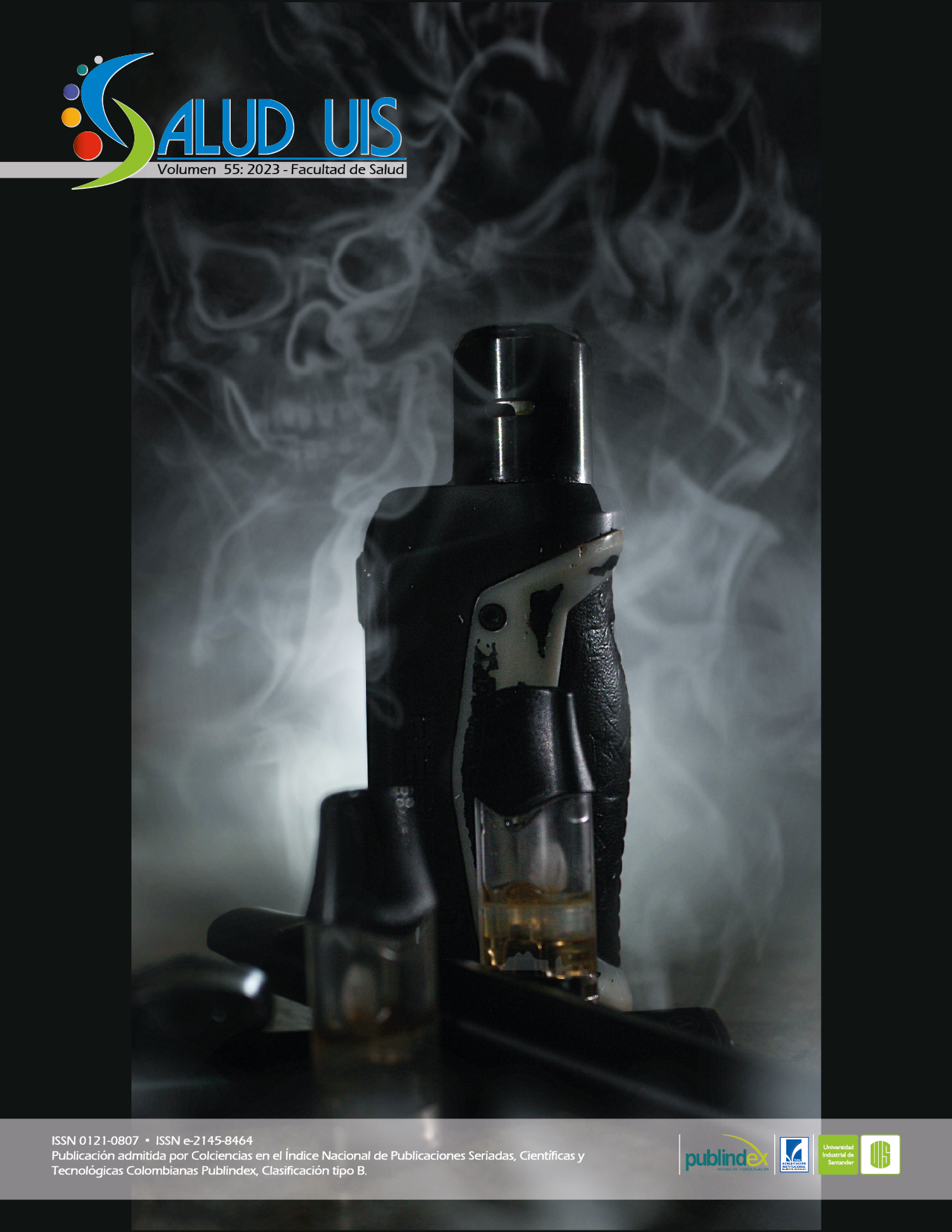Abstract
Introduction: Acute lung injury (TRALI) and circulatory overload (TACO) are the main causes of transfusionrelated morbidity and mortality. TRALI occurs during or after transfusions of plasma or its derivatives, or by immunoglobulins in high intravenous concentration; it is associated with septic processes, surgeries, and massive transfusions. TACO is the exacerbation of respiratory manifestations in the first 6 hours post transfusion. Case report: A 38-day-old male was admitted to the emergency department with clinical symptoms experienced over the course of 8 days and characterized by respiratory distress due to subcostal retractions and nasal flaring with no other associated symptoms. Important antecedents included prematurity and low birth weight. The hemogram report showed figures compatible with anemia, which benefited from transfusion of packed red blood cells without leukocytes. In a period of less than 6 hours, the patient presented altered respiratory symptoms, practitioners ruled
out infectious causes and finally considered clinical signs compatible with TRALI. Conclusion: Acute lung injury related to blood transfusion should be considered if acute respiratory failure occurs during or immediately after infusion of plasma-containing blood products.
References
Roubinian N. TACO and TRALI: biology, risk factors, and prevention strategies. Hematology Am Soc Hematol Educ Program. 2018 [citado el 15 de abril de 2022]; 2018(1): 585–594. doi: http://dx.doi.org/10.1182/asheducation-2018.1.585
Vlaar APJ, Kleinman S. An update of the definition of transfusion-related acute lung injury. Turk J Hematol. 2019 [citado el 9 de abril de 2022]; 36(4): 282. doi: http://dx.doi.org/10.4274/tjh.galenos.2019.2019.0279
Van den Akker TA, Grimes ZM, Friedman MT. Transfusion-associated circulatory overload and transfusion-related acute lung injury. Am J Clin Pathol. 2021; 156(4): 529-539. doi: https://doi.org/10.1093/ajcp/aqaa279
Aubron C, Hourmant B, Menguy J, Sparrow RL. Transfusion-related respiratory complications in intensive care: A diagnosis challenge. Transfus Clin Biol. 2021; 28(4): 344–348. doi: https://doi.org/10.1016/j.tracli.2021.09.007
Moncharmont P. Adverse transfusion reactions in transfused children. Transfus Clin Biol. 2019; 26(4): 329–335. doi: http://dx.doi.org/10.1016/j.tracli.2019.08.002
Kuldanek SA, Kelher M, Silliman CC. Risk factors, management and prevention of transfusion-related acute lung injury: a comprehensive update. Expert Rev Hematol. 2019; 12(9): 773–785. doi: http://dx.doi.org/10.1080/17474086.2019.1640599
Vlaar APJ, Toy P, Fung M, Looney MR, Juffermans NP, Bux J, et al. A consensus redefinition of transfusion-related acute lung injury: redefinition of trali. Transfusion. 2019; 59(7): 2465–2476. doi: http://dx.doi.org/10.1111/trf.15311
Cho MS, Modi P, Sharma S. Transfusion-related acute lung injury. En: StatPearls. StatPearls Publishing; 2021. Disponible en: https://www.ncbi.nlm.nih.gov/books/NBK507846/
Sahutoglu C, Balci C, Balcioglu T. Transfusion-related acute lung injury and treatment with high-flow oxygen therapy in a pediatric patient: a case report. Braz J Anesthesiol. 2021. doi: https://doi.org/10.1016/j.bjane.2021.12.001
Çalışkan Polat A, Yiğit Y, Akyol Önder EN, Türedi Yıldırım A, Ertan P, Gülen H. Transfusion-related acute lung injury: A case report. J Pediatr Res. 2020; 7(4): 365–367. doi: 10.4274/jpr.galenos.2019.74419
Gauvin F, Robillard P, Hume H, Grenier D, Whyte RK, Webert KE, et al. Transfusion-related acute lung injury in the Canadian paediatric population. Paediatr Child Health [Internet]. 2012; 17(5): 235–239. doi: http://dx.doi.org/10.1093/pch/17.5.235
Hendrickson JE, Roubinian NH, Chowdhury D, Brambilla D, Murphy EL, Wu Y, et al. Incidence of transfusion reactions: a multicenter study utilizing systematic active surveillance and expert adjudication. Transfusion. 2016; 56(10): 2587–2596. doi: http://dx.doi.org/10.1111/trf.13730
Janatpour K, Holland PV. Noninfectious serious hazards of transfusion. Curr Hematol Rep. 2002; 1(2): 149–155.
Stainsby D, Jones H, Wells AW, Gibson B, Cohen H, SHOT Steering Group. Adverse outcomes of blood transfusion in children: analysis of UK reports to the serious hazards of transfusion scheme 1996-2005. Br J Haematol. 2008; 141(1): 73–79. doi: http://dx.doi.org/10.1111/j.1365-2141.2008.07022.x

This work is licensed under a Creative Commons Attribution 4.0 International License.
Copyright (c) 2023 Mónica Liseth Holguín-Barrera, Juan David Galán, Julio Cesar Velasco, Lorena García
